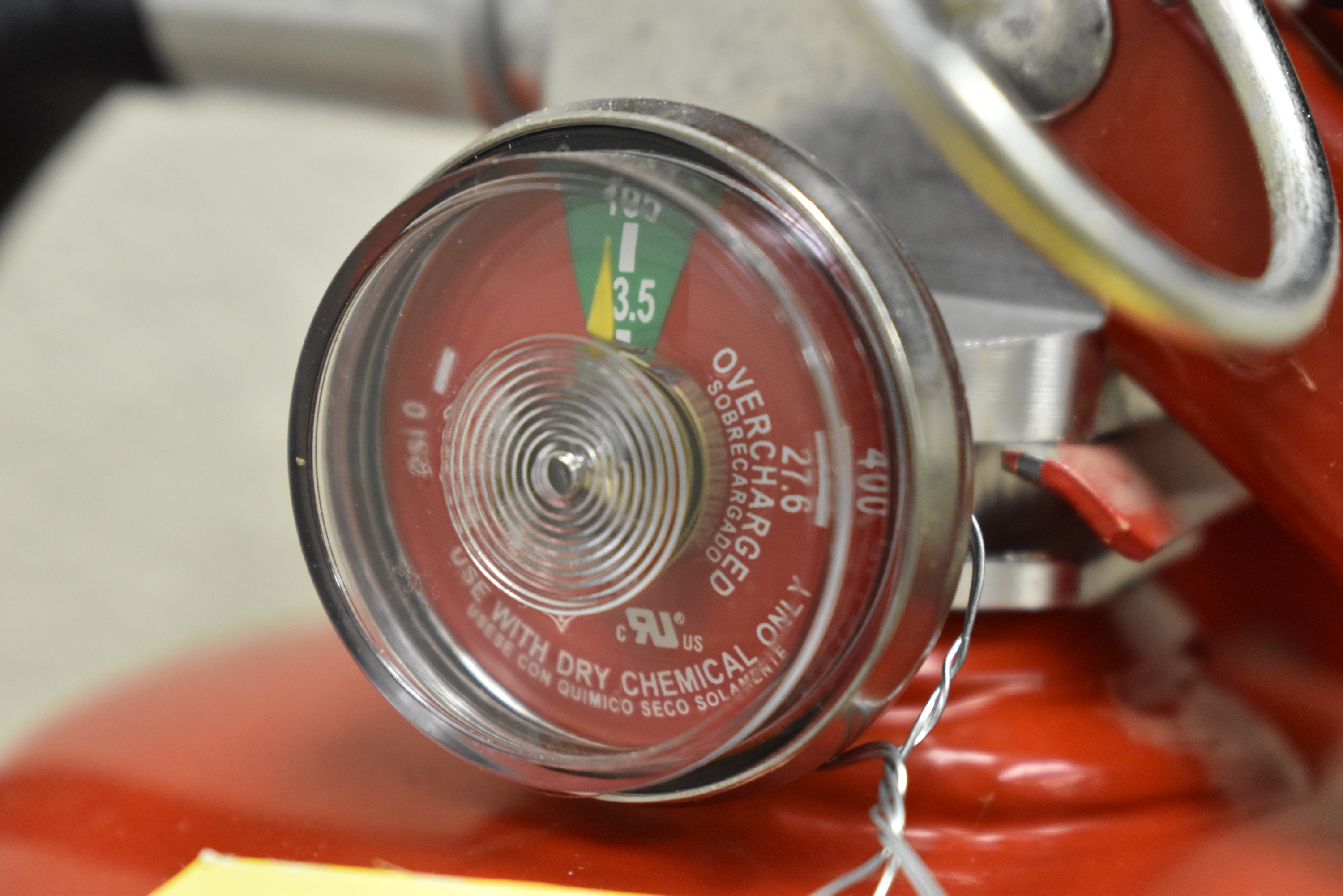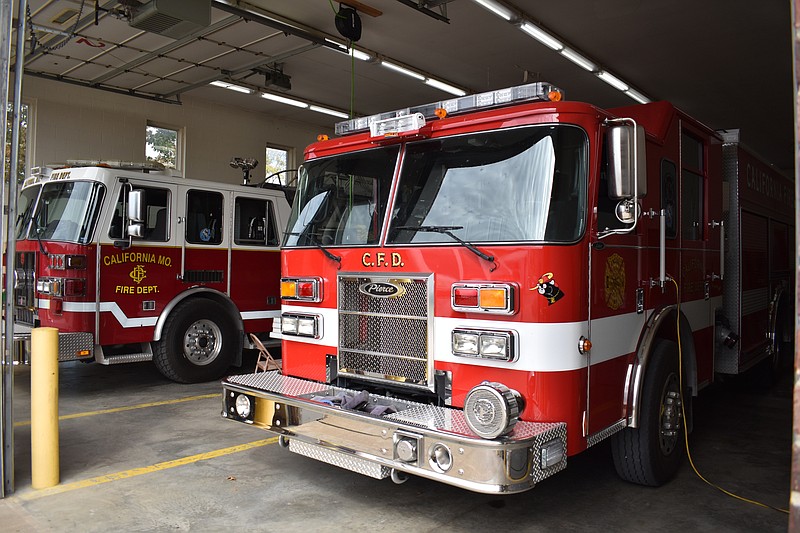Preparation could be the difference between life or death.
Fire Prevention Week is designed to promote fire prevention techniques and plan for the worst. The annual week -- held Oct. 9-15 this year -- features a topic uncomfortable for most, but one everyone should think about.
As temperatures fall, heating equipment is used more frequently and fire risk increases. The National Fire Protection Association (NFPA) said heating systems are the second-leading cause of house fires, and the third-leading cause of fire-related deaths. According to NFPA, 14 percent of reported home fires between 2014-18 were caused by heating equipment, resulting in more than 500 deaths and $1.1 billion in property damage.
California Fire Department Chief Brad Friedmeyer said heating equipment-related fires are often initially sparked because of a lack of maintenance.
Friedmeyer recommended having the flue pipe in wood-fired heating systems regularly cleaned, as well as not burning green wood.
For electric systems, Friedmeyer recommended changing filters regularly. Forced-air furnaces found in most homes also require filters to be regularly changed or cleaned for maximum reliability and efficiency.
However, one type of heating -- the space heater -- is particularly dangerous, Friedmeyer said.
"Space heaters are a lot of problems," he said. "That's (where) a lot of the fires are started, too. You just have to make sure that the space heaters are away from things that are flammable and (the heater) won't fall over, because a lot of times that's what happens. (Space heaters) fall over and whatever it lands on gets hot and starts to burn."
According to NFPA, 81 percent of deaths between 2014-18 from heating-related fires were caused by space heaters.
Heating systems not only pose a fire threat but can also emit carbon monoxide -- a tasteless, odorless, colorless but deadly gas nicknamed the "invisible killer."
Carbon monoxide poisoning can be caused by improperly maintained or damaged heating and cooking equipment. It's recommended to have home heating equipment, such as furnaces and fireplaces, inspected by a professional annually to make sure everything is working safely.
Heating systems are not the only fire danger during winter months. Christmas trees and decorations can also pose a threat. Friedmeyer said to always keep Christmas trees watered and to check cords on lights and decorations for damage.
Fire Protection Week doesn't just stop at prevention -- it's also designed to make people think about what they would do if a fire was to start.
Friedmeyer suggested closing all doors at night. Closed doors can slow the spread of the smoke and fire, buying valuable time when trying to escape.
Smoke alarms are a critical piece to surviving a fire. Friedmeyer suggested testing all alarms at least once a month, and replacing the battery twice a year. He said he recommends replacing batteries when changing the time for daylight saving time.
Friedmeyer said carbon monoxide alarms should also be tested and have their batteries changed along with the smoke alarms.
When the fire is found, a fire extinguisher can be used to put it out. Friedmeyer said fire extinguishers should be inspected to ensure they're full and ready for use in an emergency. If the gauge is in the green, the extinguisher is good.
"The only thing with the fire extinguisher is you've got 30 seconds of using it," he said. "If you can't get (the fire) out by then, that's when you need to get out and call the fire department."
Escaping the building quickly is crucial. NFPA recommends creating an escape plan with everyone in your home by inspecting exits and escape routes. It also recommends ensuring your street number is clearly visible from the road, memorizing the fire department phone number and informing visitors about the escape plan.
"Once you're out, stay out," NFPA suggests. "Under no circumstances should you ever go back into a burning building. If someone is missing, inform the fire department dispatcher when you call. Firefighters have the skills and equipment to perform rescues."
NFPA recommends practicing the escape plan twice a year, "making the drill as realistic as possible."
Friedmeyer said his crew is often en route within 5-10 minutes of getting paged to a fire.
See also:
Fire Prevention Week turns 100 years old
 Democrat photo/Garrett Fuller — Fire extinguishers, a critical tool for fighting fires, should be regularly inspected to make sure it is properly charged. If the needle inside the gauge is in the green area, the extinguisher is charged and ready to go. If not, the extinguisher should be recharged or replaced.
Democrat photo/Garrett Fuller — Fire extinguishers, a critical tool for fighting fires, should be regularly inspected to make sure it is properly charged. If the needle inside the gauge is in the green area, the extinguisher is charged and ready to go. If not, the extinguisher should be recharged or replaced.
